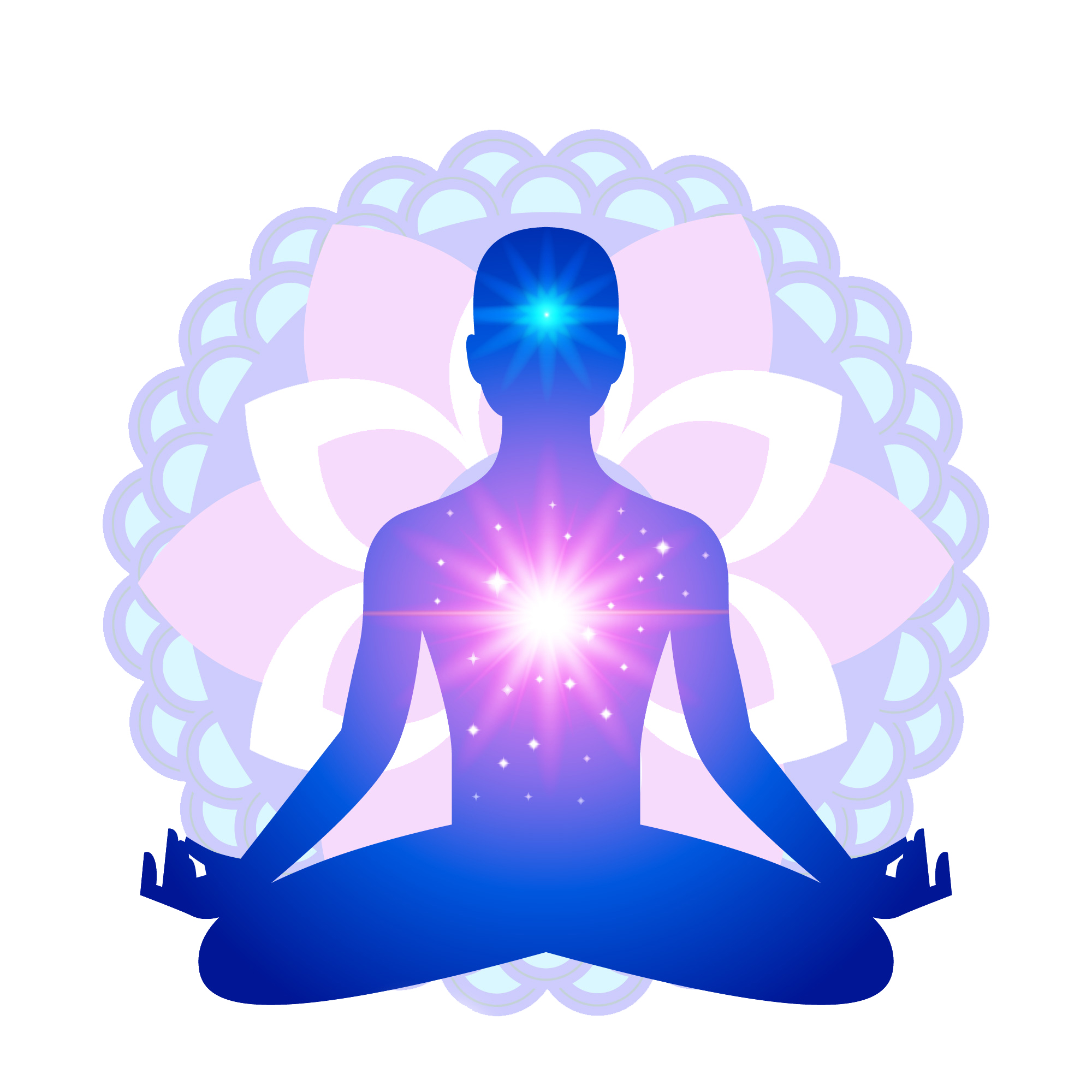Vipassana Meditation
Vipassana Meditation, an ancient practice that helps clear the mind of its impurities, has gained greater relevance in the present-day hectic day.

Meditation and yoga are popular ways people stay healthy and become stronger. There are various different practices that people take up to get the best possible outcome of their meditative practices. Among those practices, a unique and strict meditation practice has come into fruition and has been gaining high praise and popularity—the Vipassana Meditation.
The Vipassana technique is a simple and practical way to achieve real peace of mind and to lead a happy and useful life. This technique is 2600 years old and has stood the test of time itself. However it is a lost technique that disappeared through various times because its pristine purity was tampered. Having said that, it re-emerged 2500 years after Buddha and new practitioners and new gurus, the practice continued and continues further and has now become a wonderful and successful practice.
The main focus of Vipassana is learning how to stay in touch and in control of our own spiritual self and how to become a master of the mind. The ultimate purpose of this is to purify our minds and hearts of all the defilements and impurities. Compared to other meditational practices, this technique doesn’t simply remain limited to achieving calmness of the mind. That is a mere part of this technique and the ultimate goal is cleanse the mind. It is a technique that emphasizes the experience of peace and harmony in order to purify the mind, and freeing it from suffering as well as the roots that cause suffering. In a general view, it is the process of self-purification by self-observation.
Practicing Vipassana
To reach the depth of the mind and learn the ways to cleanse it, the technique focuses on breath. The reason the practice focuses on breath is because it is the best medium to get to the depth of one’s own mind and heart. The other reason is that it eliminates anyone from feeling uncomfortable and eliminates the chances of selective inclusions. Breath is neutral; it doesn’t differ for any religion, caste or colour and that neutral state makes it perfect for this technique.
The focus on breath enables the possibility of reaching not just the conscious but the sub-conscious and the unconscious mind as well. The state of a person’s breath can reveal a lot about what that person is feeling at that moment and it is noticed that impurities have formed in the mind. For example: when you are angry or sad, the speed of your breathing changes. The state of your breathing changes and that is because of the way you are feeling at that moment and the thoughts that run through your head. The state of your mind is linked to the state of your breath, thus making breath a crucial point in understanding more about the main objectives of this practice.
To learn this technique, it is necessary to take a ten-day residential course under the guidance of qualified teachers. It is not for fun and is a serious practice and is for the benefits you see and feel after the end of the ten days. During those ten days, students remain out of contact with the outside world as they reside within the course site. It follows a demanding schedule with strict meditation, silence and abstinence from any other social actions.
There are three steps to the training. First is practicing abstinence from harmful actions. During this students observe five moral precepts: practice abstention from killing, stealing, lying, sexual misconduct and the use of intoxicants; which allow the mind to calm down to proceed with the next task. The second step sees the students practice Anapana meditation for the first three-and-a-half days that focuses on the alteration of one’s breath. This step helps students develop control over their unruly mind.
Usually, these two steps are where the most basic meditation practices end but for Vipassana, the first two steps would be incomplete without the final step, i.e. purifying the mind of underling negativities. This step, undertaken for the remaining six-and-a-half days, helps gain control over the entire physical and mental structure with clear insight.
For the length of nine days out of ten, students observe complete silence apart from interactions with the guru. On the tenth and final day, students resume conversing and make a complete transition to their daily way of life. The retreat closes with the practice of ‘mettabhavana’ in which the purity developed during the course is shared with all beings.
All the courses throughout the world are run solely on the basis of freely offered donations. For the courses there is no fee charged. The courses are financed entirely through the donations made by former students who wish to share the benefits they themselves received during their time. Additionally, neither the teachers nor the assistant teachers receive any remuneration. All their services are provided voluntarily, which is considered dhamma dana, the highest order among danas.
In Nepal, Nepal Vipassana Centre is a registered organization having its meditation centre, Dharmashringa at Muhanpokhari, about two kilometres north of Budhanilkantha village. For more information on it, people can contact their city office at Jyoti Bhawan, Kantipath and get detailed insight on the practice and schedule their own courses.


